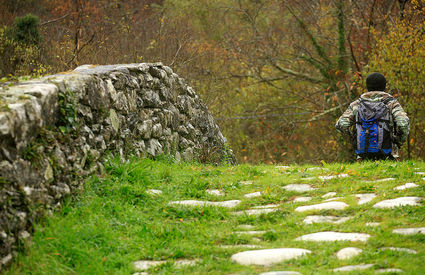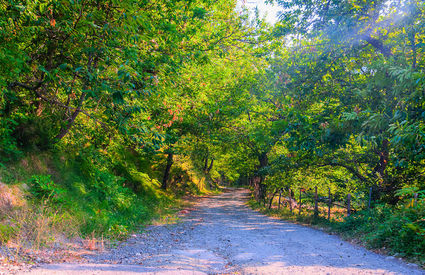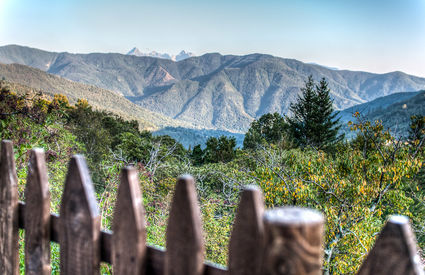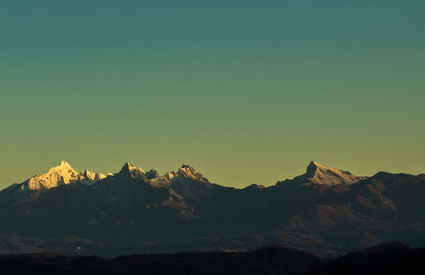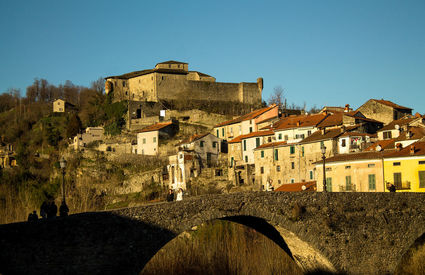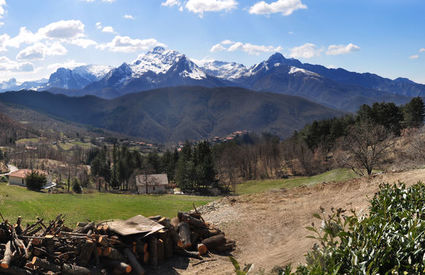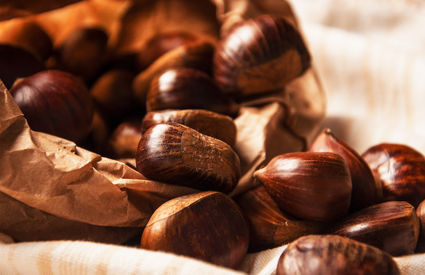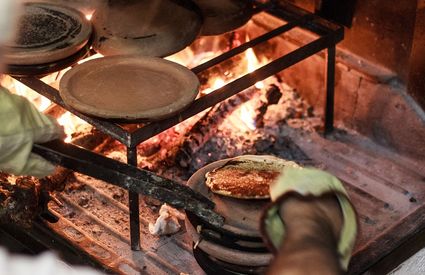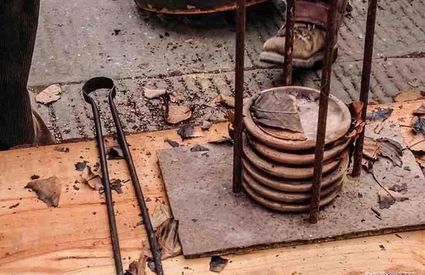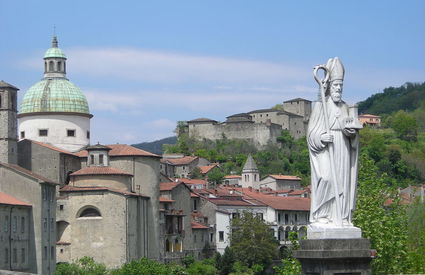Pontremoli
The soul’s walkway
The emotions and thoughts of a pilgrim journeying along the via Francigena, from Passo della Cisa to Pontremoli
The soul’s walkway
The emotions and thoughts of a pilgrim journeying along the via Francigena, from Passo della Cisa to Pontremoli
The lure of the journey
The first step is the only one that counts: you have to make the decision to depart, to go on a journey, to fill up your backpack, to sew up that fabric that’s been sitting untouched in the trunk for some time, turning it into the blanket that will accompany you on the journey, that will save you from the cold and cover you from the rain. Departing is not easy, not even when you have a deep desire to purify your spirit, not even when that journey, that road that leads to Rome, reveals itself to be the only possible way forward. I’m not at a crossroads, I don’t have alternatives: I can only start the journey. Today all I can do, what I have to do, is leave behind the tepidness of everyday routines and take the first step.
A crossing between Europe and the sea
From here it seems clearer; from here my gaze looks toward a new horizon: they call it the Monte dei Longobardi, and I’m at its peak, where I feel a different kind of breeze and can sense that I’m close to the sea. I take in a slight scent of ash as I sit down at the base of the beech tree trunks. The mountains to my right and left have elegant shapes: they protect the valley with an unusual mix of authority and sweetness. Now there’s nothing left for me to do but go down to the valley: at sunset I have to be in Pontremoli. The road is mapped out in the travel diary I’m carrying with me—the person who came before me wrote of enjoying a mesmerizing landscape, meeting hospitable people, and tasting a delicious lunch offered by a kind family in a small town that I imagine to be not too far from here.
The taste of hospitality
The road expands, and from the pathway of the ridge I head downward onto a mule track, where I glimpse a group of houses; their chimneys are all smoking and you can hear the frequent jingling of work tools. Along with that jingling I hear my stomach grumbling—I’ve already conquered several kilometers and the moment has come to take a break. In the gaze of the woman who welcomes me to one of the first houses, I immediately recognize the woman described in Berto’s travel diary that I’m carrying with me: it’s her. I therefore try to at least get a hunk of bread! Berto was right—the hospitality around these parts is amazing. Maria seats me in a kitchen that’s nearly blackened with smoke, with a nice red wine on the table and, not far off, the dim light of a fire. I move a bit closer and notice that the woman is cooking a strange delicacy in a sort of container that I’ve never seen, a type of portable oven made of cast iron. “These are testi,” she says, pointing to a pancake griddle-like flat pan, “and this is pattona, a type of cake made with chestnut flour.” I look outside and from the window, on the slope opposite us, I see an expanse of chestnut trees: “Chestnut trees save us from hunger—it’s the tree of life, of sustenance. Chestnuts get dried out here on the metato machine” – she points toward a loft-like area above the fire – “and then get taken to the mill where they’re turned into flour. It’s not gourmet, but it’s flavorful and gives you strength!” But that pattona was truly delicious, as was the wine, the bread cooked in the testi on a bed of chestnut leaves; the salted cake made with herbs was also so tasty. Taking the sweet memory of this lunch with me, I return to the road: Pontremoli should be about four hours’ walk from here.


